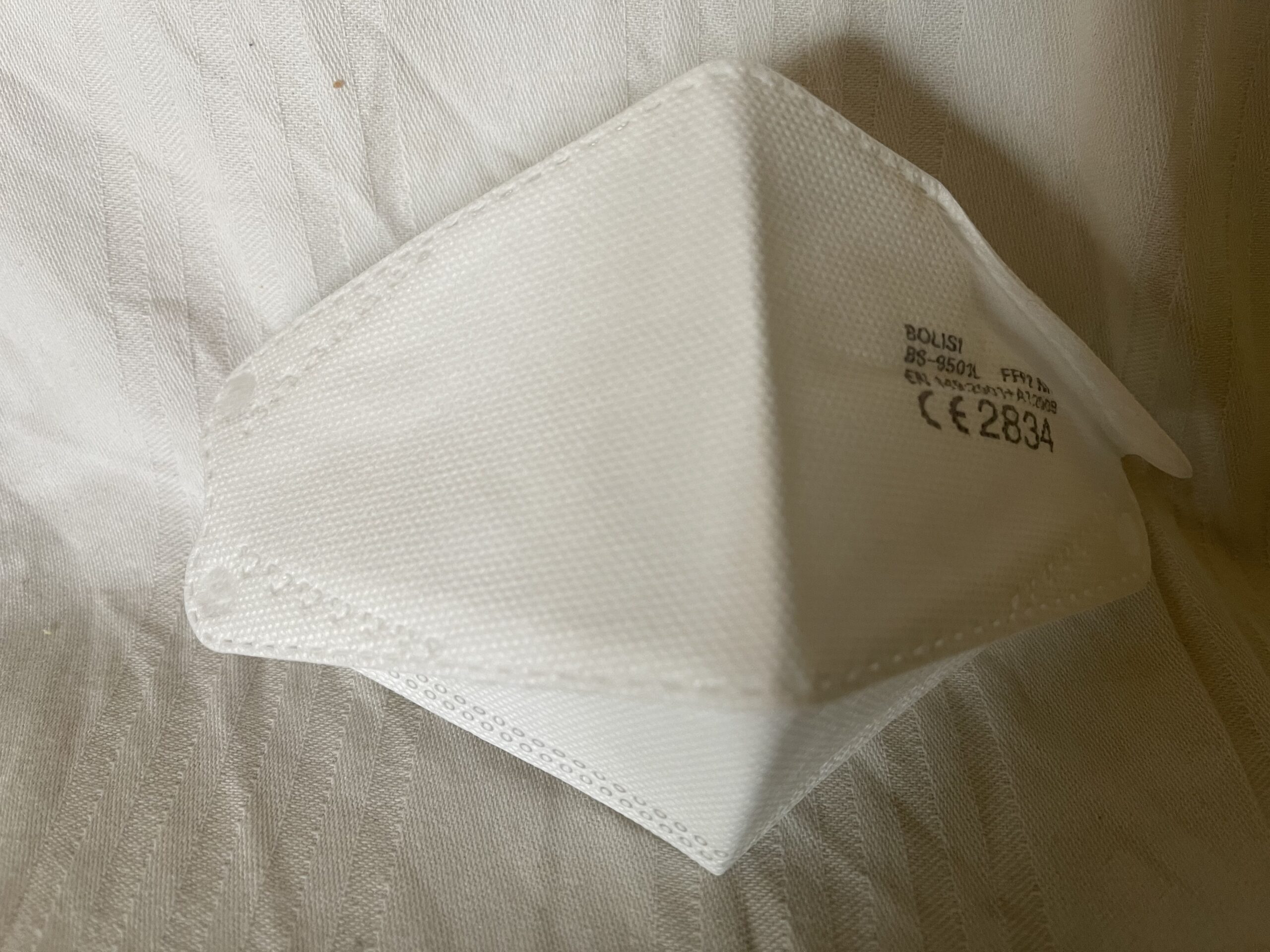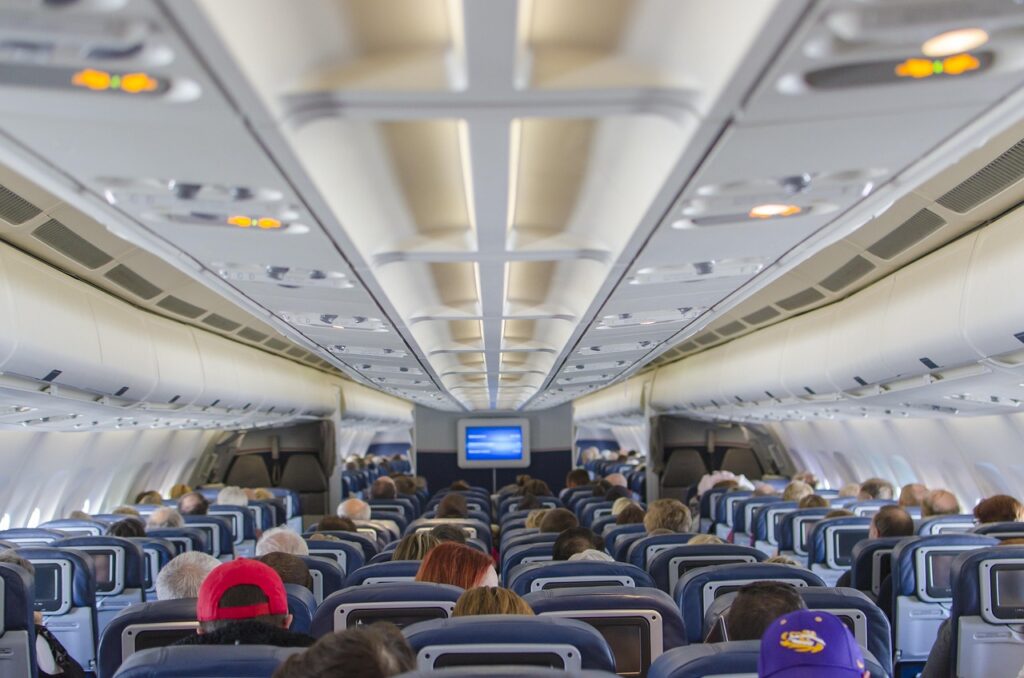As part of the tightened lockdown, wearing an FFP2 mask in supermarkets and public transport is mandatory in Austria as of January 25. Can these masks be disinfected, cleaned and reused, what do they cost, what do I have to look out for when buying them and what should I bear in mind when using them?
As of January 25, it will be mandatory in Austria to wear a so-called FFP2 mask, for example in supermarkets or public transport. These are supposed to minimize even better the risk of infection with the corona virus. However, the masks are expensive and many people are also bothered by the fact that they can only be used once and the resulting increase in waste. So is it possible to reuse the masks? Yes, says a study by Münster University of Applied Sciences and the Westphalian Wilhelms University of Münster, which investigated this question. Dr. Miranda Suchomel, head of the Institute for Hygiene and Applied Immunology at the Medical University of Vienna also agrees – in part.
However, the reaction of infectiologist Dr. Florian Thalhammer, also from MedUni Vienna, shows just how controversial this question is. In a statement to News.at, he says: “FFP2 masks are single-use items and should not be reprocessed as a rule. Used, soiled or soaked masks (MNS, FFP) should be disposed of.”
According to the study by Münster University of Applied Sciences entitled “Possibilities and limits of self-responsible reuse of FFP2 masks for private use in the context of an epidemic situation”, which incidentally also attests to better protection when used correctly, there are two ways to make FFP2 masks reusable:
Dry for seven days
The study recommends drying the mask in room air for seven days after use and reusing it no earlier than the seventh day. So, for example, a “Monday mask”, which you put on again only on the following Monday. However, this method should be used no more than five times.
Prof. Suchomel from MedUni Vienna sees the drying method as a way of reusing the mask, even if she is concerned that more would have to be learned about how this was tested. However, she makes it clear that this would never be conceivable for a Covid patient, where masks would of course always have to be disposed of after single use.
But even though they are of course disposable, for environmental reasons it would be an option for people who are healthy.
Moist should not get the mask. Therefore, Suchomel advises NOT to put the mask in a plastic bag. It is better, for example after a visit to the supermarket, to carry the mask in your hand.
The expert emphasizes: Nose and throat flora or skin flora that end up in the mask are not disease-causing organisms.
Drying in the oven
In the second method, the researchers suggest drying the FFP2 mask in the oven. First, the mask should be air-dried at least until the day after use, then heated at 80 degrees dry heat (top and bottom heat) for 60 minutes in the oven. He said that the temperature should really be 80 degrees, because with less heat can not achieve the full effect, and with greater heat can damage the material – and also deform dimensionally stable masks. This method is also advised a maximum of five times.
Also here speaks the expert Suchomel, not against it. Why exactly 60 minutes is not apparent for the expert however with the study.
In principle, she states that the big difference between FFP2 masks and normal surgical masks or fabric masks is that they fit tightly. And this must be ensured after heating.
Washing?
The aforementioned study advises against washing masks in the washing machine. The reason: FFP masks and surgical masks made of cellulose must not be washed, as the filter performance would otherwise decrease significantly.
“The duration of wear will depend massively on what the person is doing”
How long to wear mask?
You often read of recommendations that the mask should not be worn for more than 75 minutes. However, Suchomel says this cannot be said with any accuracy. “The wearing time will depend massively on what the person is doing.” For example, if you’re just sitting in a meeting without talking, you could obviously wear the mask longer than if you’re the one talking or someone doing physical work with the mask on, because then the mask would naturally get wet faster. In principle, she advises that everyone notices it best themselves, if the mask becomes moist and uncomfortable, you should change it. “Despite recommendations, this is totally individual and I would not attach to a number,” says the physician.
- source: news.at/picture:hp
This post has already been read 2715 times!



